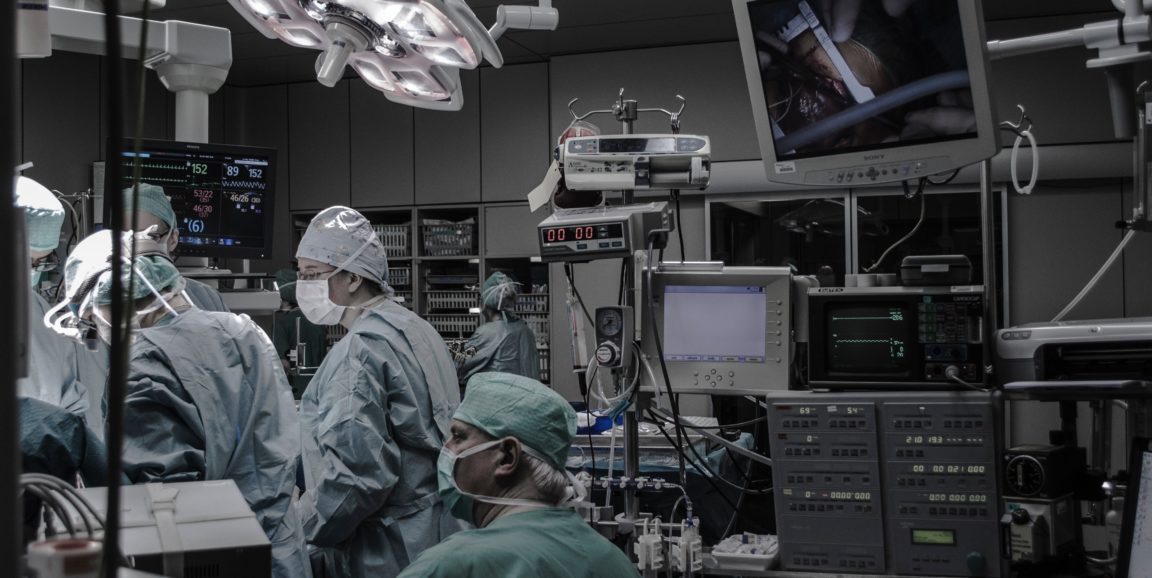It's one of the hardest questions in medicine: Should hospitals ever stop spending money to avert certain preventable deaths?
Stanford obstetric anesthesiologists Edward Riley, MD, Brendan Carvalho, MD, and their colleagues grapple with this conundrum in a new paper about a rare, dangerous complication of general anesthesia. The condition, called malignant hyperthermia, occurs about six times for every million cases in which general anesthesia is used and without treatment it is often fatal.
There is an effective antidote medication, but keeping it on hand is costly. (The expenses include replacing the drug, which expires every three years, and the cost of staff time to regularly check that both the medication and the other supplies related to its use are kept on hand.) The Stanford team wondered whether it made sense to stock the medication on labor and delivery units, where most patients receive epidurals rather than general anesthesia, and where patients are more likely to die of other things.
"I agree that no one should die of MH, but every single day on maternity units nationwide, there are cases where there are preventable deaths from other causes that should have been better managed," Carvalho told me. In the new study, which is available online in Anesthesiology, his team conducted a cost-benefit analysis to assess the current recommendation to stock the MH antidote, a drug called dantrolene, on every maternity unit in the United States.
Stocking the medication on all maternity units would save about one life every three years across the entire country, they found. The cost of maintaining the medication would be about $6 million per year nationally.
"Only by assuming an unreasonably high case fatality rate, general anesthetic incidences, or cesarean delivery rates does it become of cost benefit to maintain a fully stocked MH cart on a maternity unit," the authors write in the study's discussion section. In surgical centers, which use general anesthesia about ten times as frequently as maternity units, keeping the MH antidote on hand does make sense from a cost-benefit perspective, they add.
But making these calls is hard, Carvalho told me. "It's so controversial," he said. "It does open a bigger question in a time when there's so much discussion about driving health care costs: Yes, you want everything [to help patients], but sometimes you have to take a step back and say 'This is cost-prohibitive for very little benefit.'"
Given that maternal mortality in most parts of the United States far outstrips that of other developed countries, it's especially important to ask what expenditures save the most lives on maternity units and direct resources that way, he added. For instance, equipping every labor and delivery unit with the supplies and know-how to handle postpartum hemorrhages according to evidence-based guidelines would be a huge help.
"Using a massive transfusion protocol is such a basic way of saving a life," Carvalho said. "Maybe 70 percent of OB units offer it now, and we know it's completely cost effective."
Photo by Piron Guillaume




